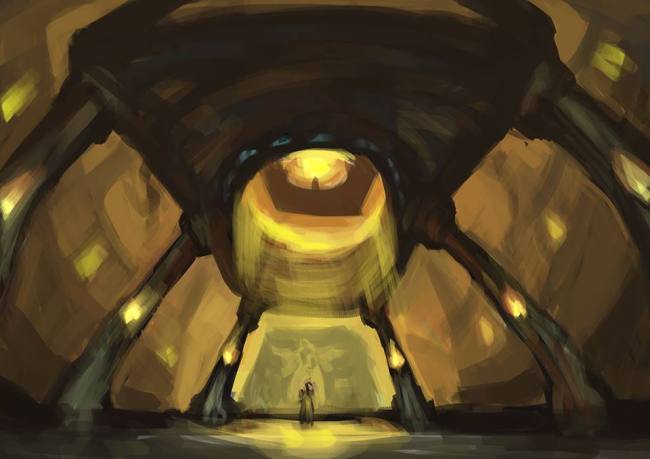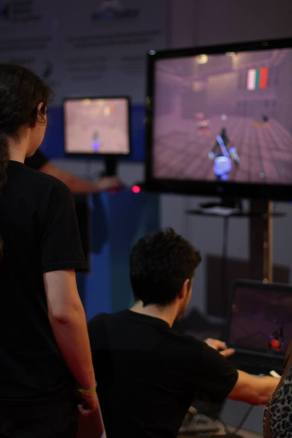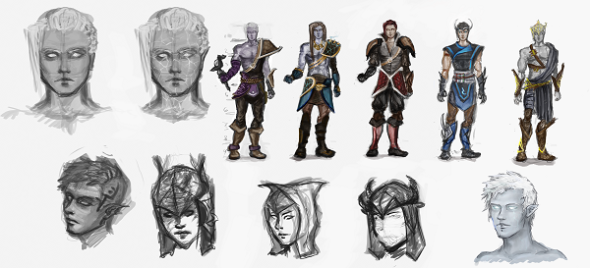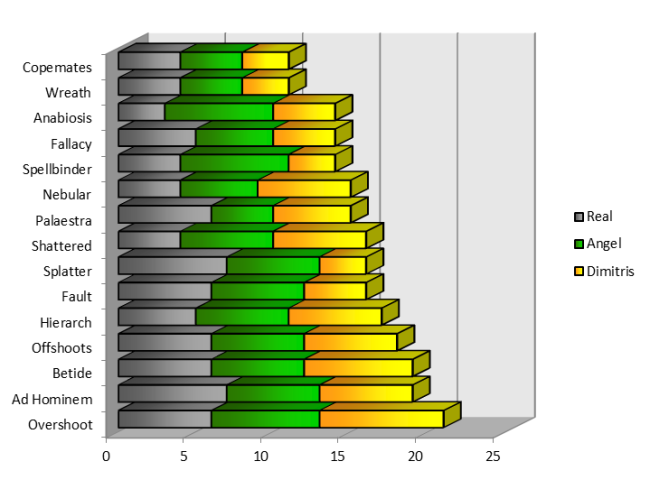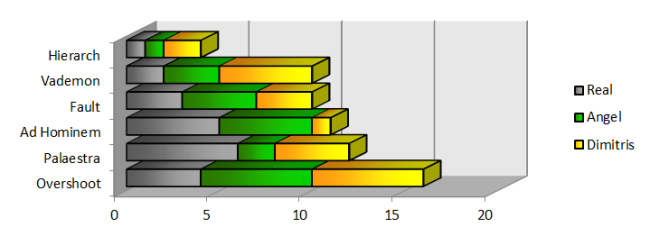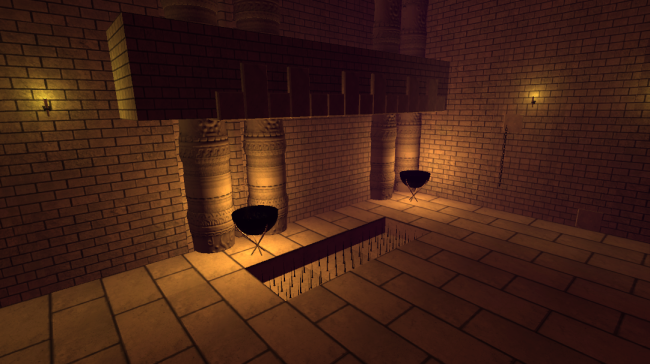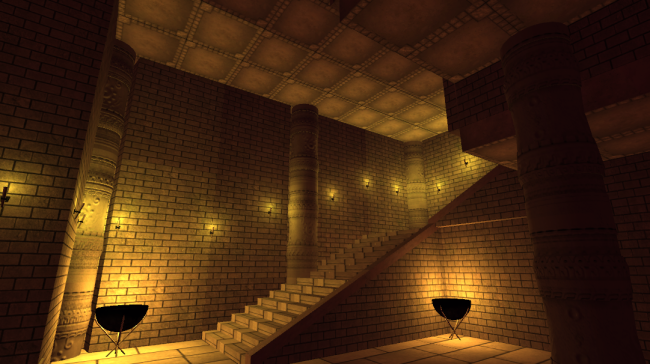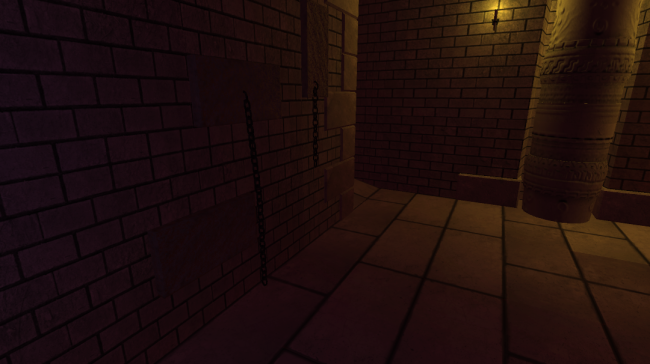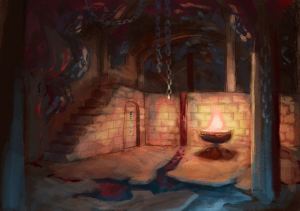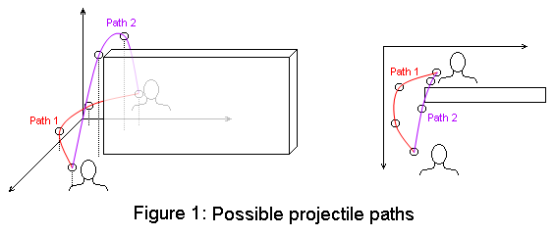Continuing with the story from last week, the second “design” problem of the constructs was that the magical properties they possessed were constantly consuming Jet (the magical stone they were imbued with). This meant that when the stone depleted of its magical properties the humanoid would stop dead in its tracks. Even worse, in the event they didn’t “feed” them fresh Jet stones, the state of their almost non-existent cognition reverted back, forgetting everything they were magically instructed to do.
To the abysmal dismay of the nobles that was not only a logistical mayhem (they had to keep tabs on each humanoid’s Jet stock) but it was also dangerous. They soon discovered that tampering with the construct in order to fortify it for the upcoming war had created a serious problem. As a soldier, the humanoid basic instincts were now to survive. They would attack and kill anyone who dared to touch them or keep them from consuming Jet. They furthermore possessed an uncanny ability to know were Jet was kept.
Farnstod was assassinated shortly after her magnum opus. Her rise in fame and hierarchy combined with the fact that the constructs were more of a problem instead of a solution brought her downfall. Nevertheless, she was always fondly remembered in the occasional social event.
The inability of the casting caste of OverCast (:o) to capitalize on the early success of Farnstod was frustrating. Moreover, it was the incentive people needed to create content that defamed the elite; various stories of failed tries by the nobles to salvage the situation or short-sighted orders that created funny situations during the training of the primitive humanoid army circulated and grew exponentially by the plebe.
One of these stories was ironically the answer to what the man-made constructs were lacking: According to that story a hunter in a drunken state was making jests comparing the lack of brains of the golems to the high-minded ones of the nobles.
Stay with us next week as we conclude the story of the Eldritch Soldier!

